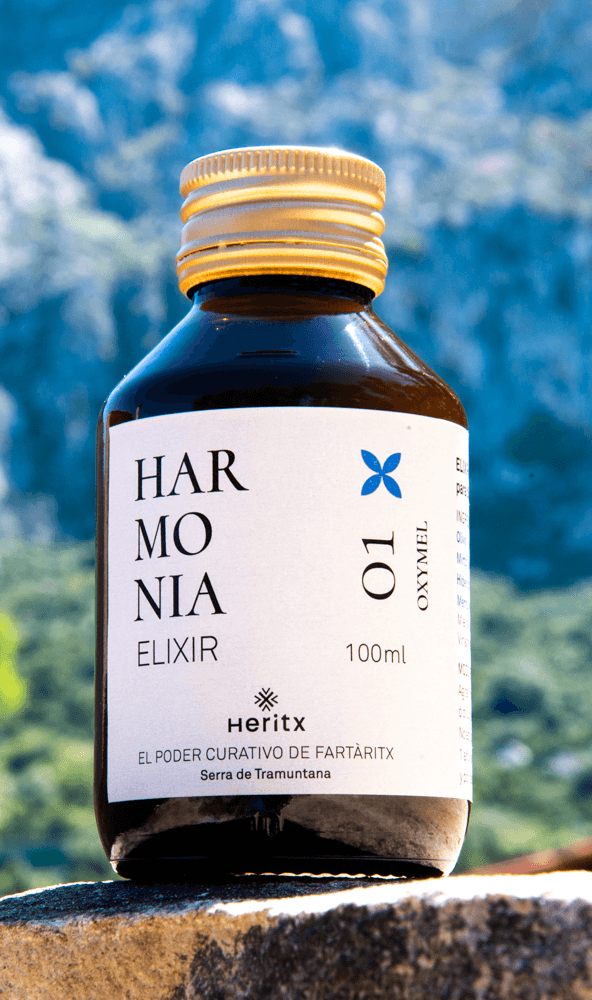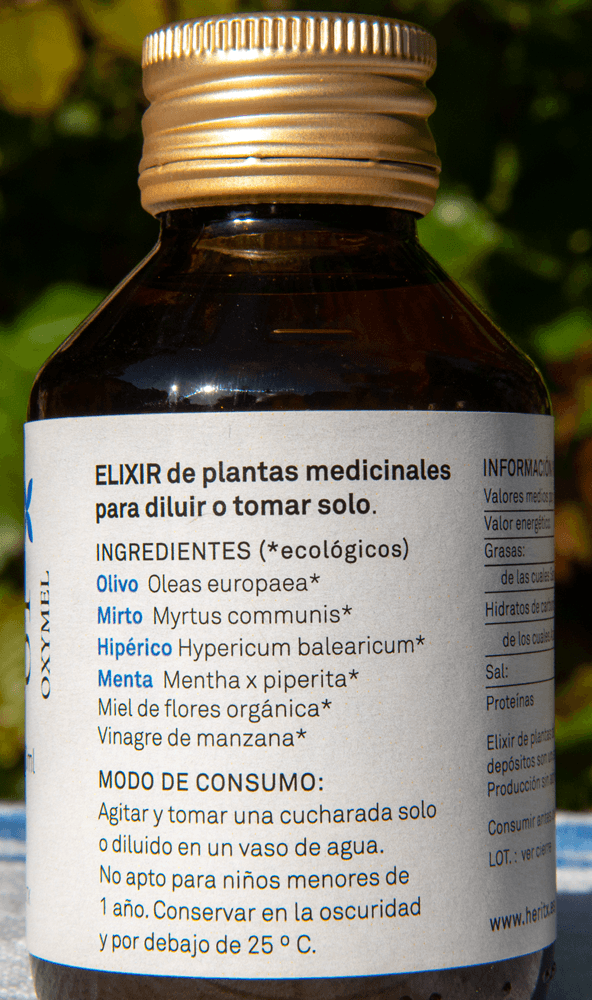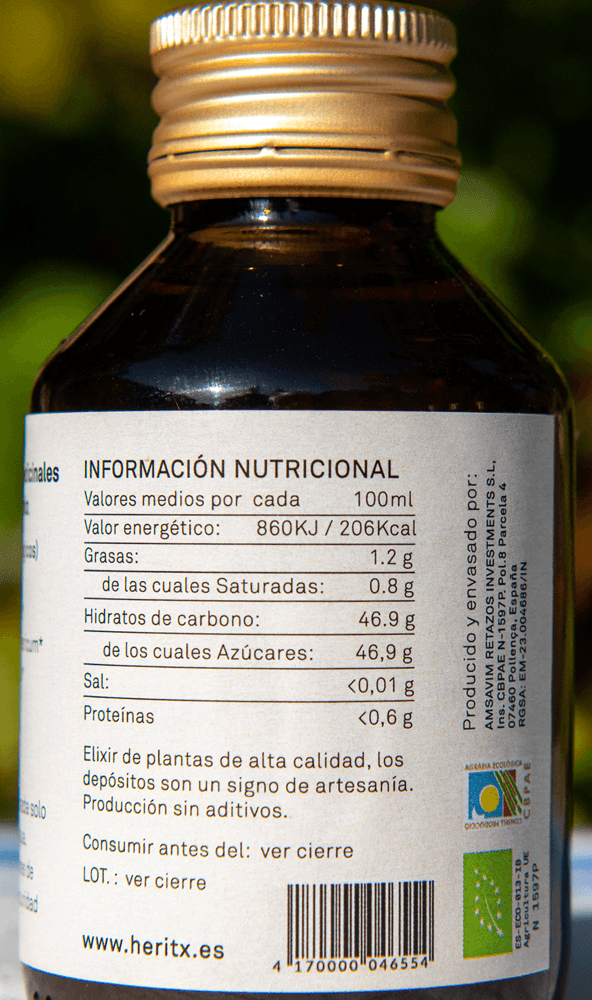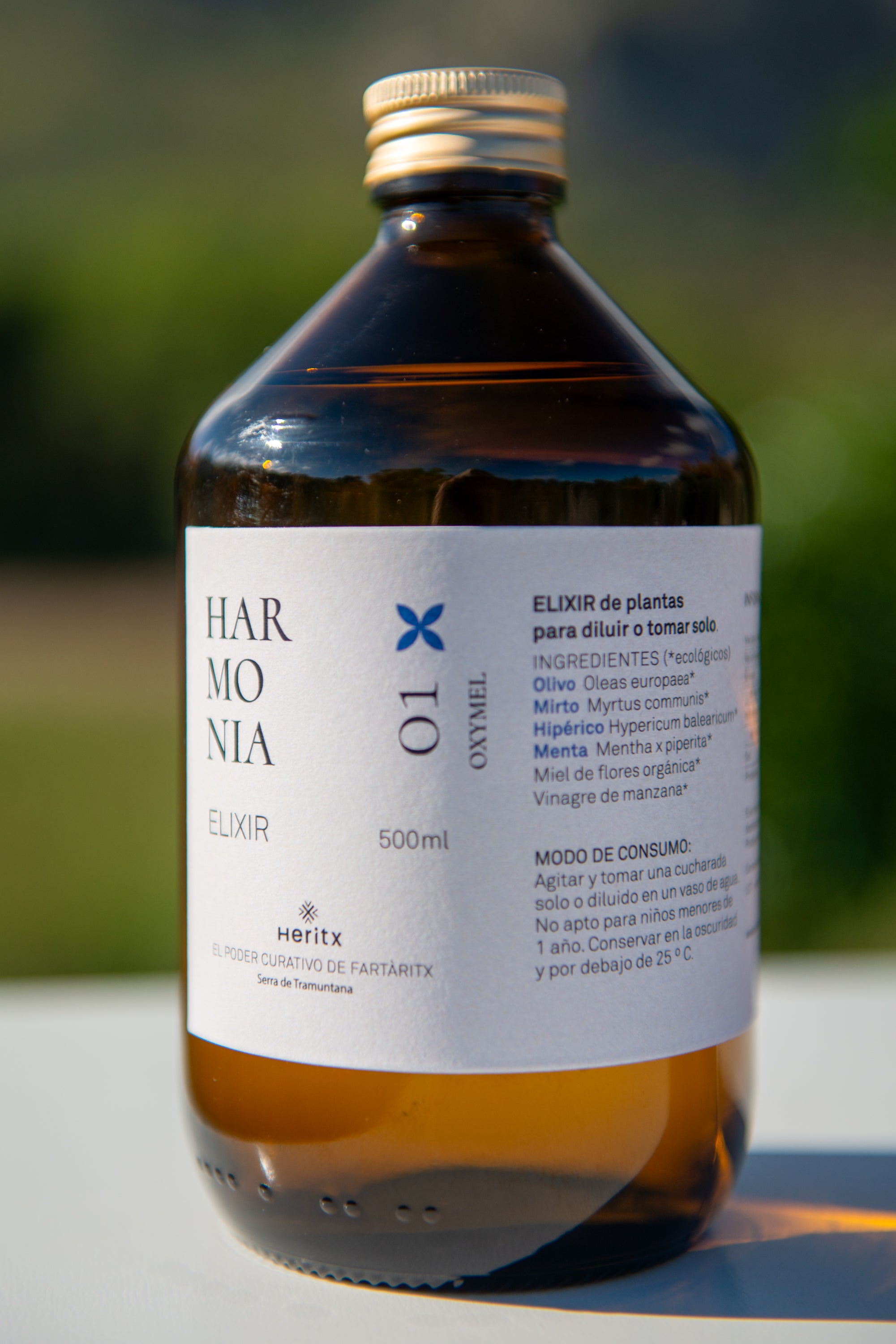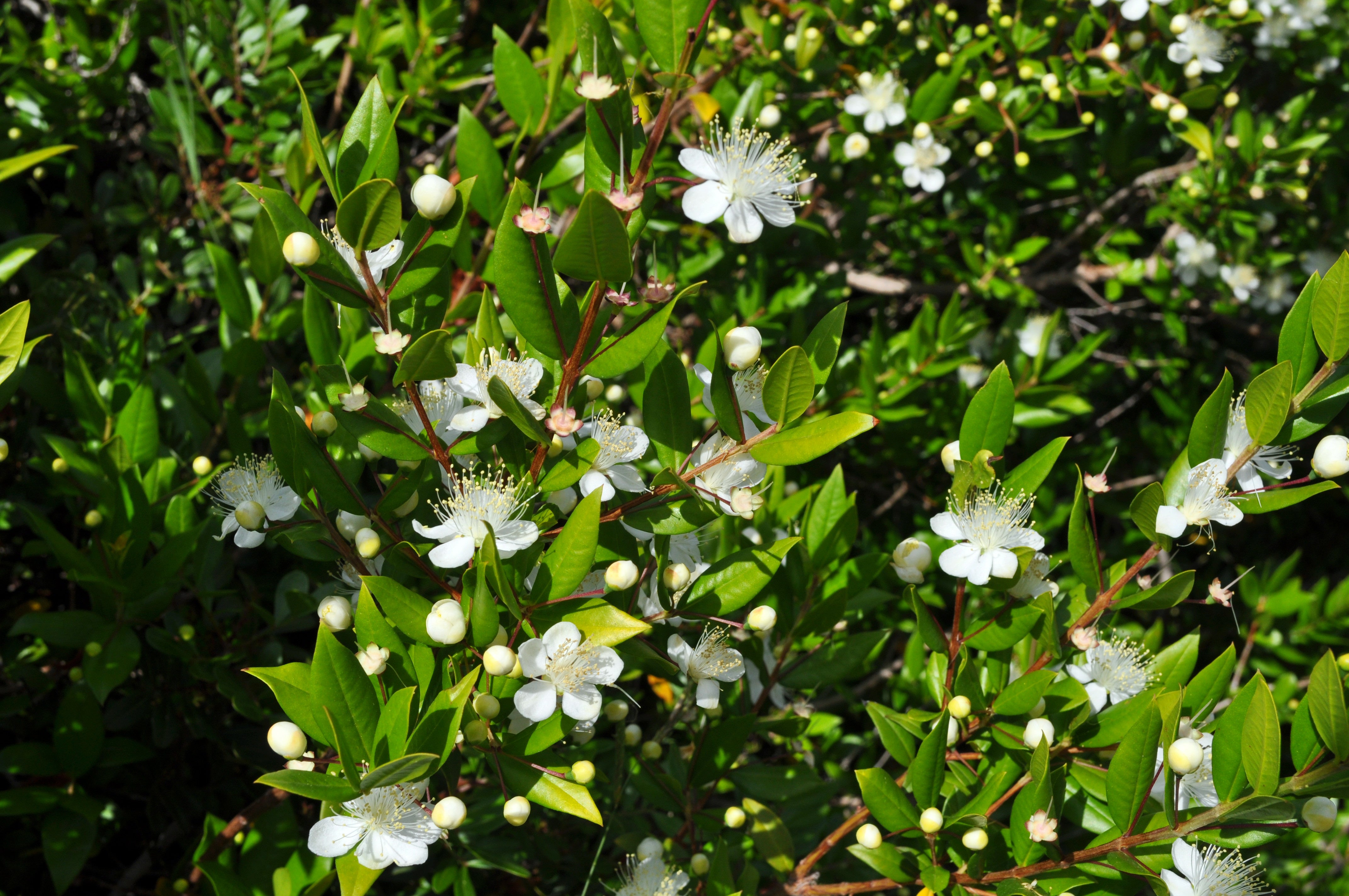
Myrtle(Myrtus communis) - love and health
The fragrant flowers and leaves of this evergreen shrub are rich in active ingredients that are used to strengthen the immune system and harmonize the hormonal system. The origin of myrtle dates back to ancient times and is associated with many cultural and historical meanings.
Myrtle has a symbolic meaning in various cultures. In some wedding customs, myrtle is used as a symbol of love, luck and fertility. In some cultures, myrtle is also considered a protective plant that is said to ward off evil and is used in religious ceremonies and rituals.
The myrtle: fragrant treasure of antiquity
It is believed that myrtle was already known in ancient Egypt, where it was valued for its fragrant properties and used in perfumes, ointments and for embalming. Myrtle was also used in traditional medicine in ancient China and India.
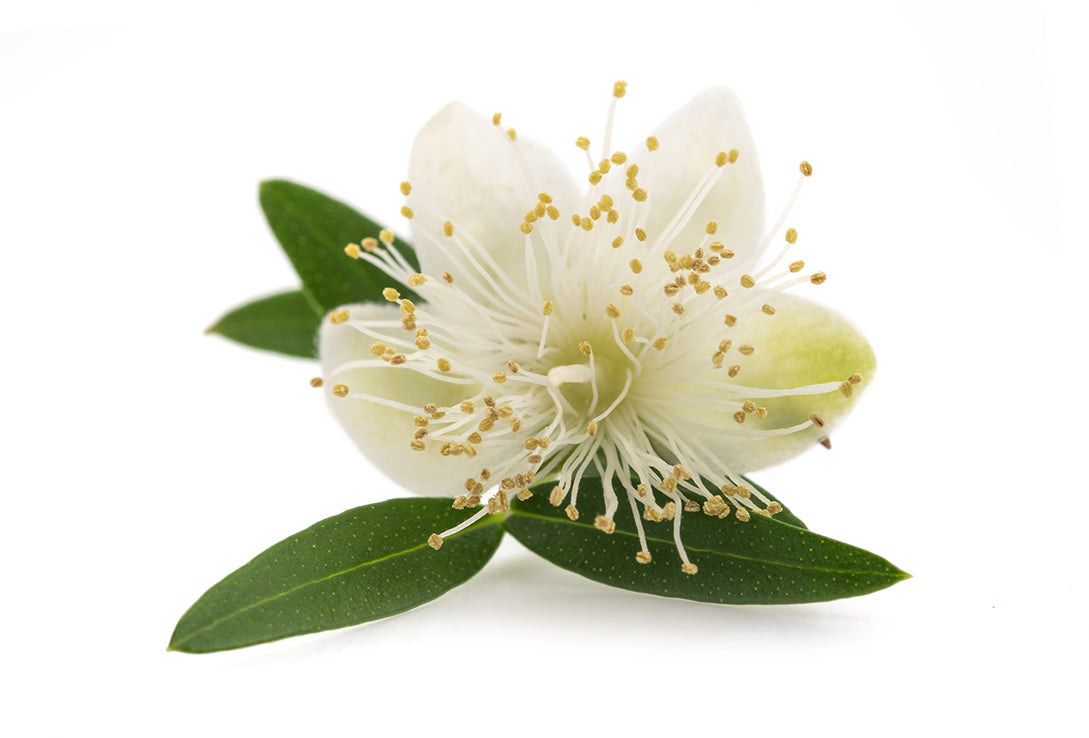
A fascinating cultural journey from antiquity to the present day
During the Roman era, myrtle was widely cultivated in the Roman provinces of the Mediterranean and was an important part of the gardens in Roman villas. The Romans also used myrtle for its medicinal properties and believed it had healing powers. Myrtle was a symbol of wealth and prosperity and was often used as decoration at banquets and festivals.
With the rise of Christianity, myrtle also acquired religious significance. In some Christian traditions, myrtle is associated with the Virgin Mary and revered as a symbol of purity, chastity and innocence. Myrtle was often used in religious ceremonies and processions and was a popular element in Christmas decorations.
Over time, myrtle has been introduced to many parts of the world and cultures. In North Africa, for example, myrtle is used to make traditional medicines and perfumes. In Provence, myrtle is an important part of the local cuisine and is used in meat dishes and liqueurs. In the southern region of the U.S., particularly in Louisiana, myrtle is considered a symbol of protection and good fortune and is used as decoration in wedding ceremonies.
More recently, myrtle has gained importance in modern phytotherapy and aromatherapy. The essential oils of myrtle are used in many products, from perfumes to skin care products and medicines.
Overall, the history of myrtle is closely linked to the history of mankind and various cultures. From its ancient use in mythology and medicine to its use in cooking and religious ceremonies, myrtle has a diverse and fascinating history that continues to this day.
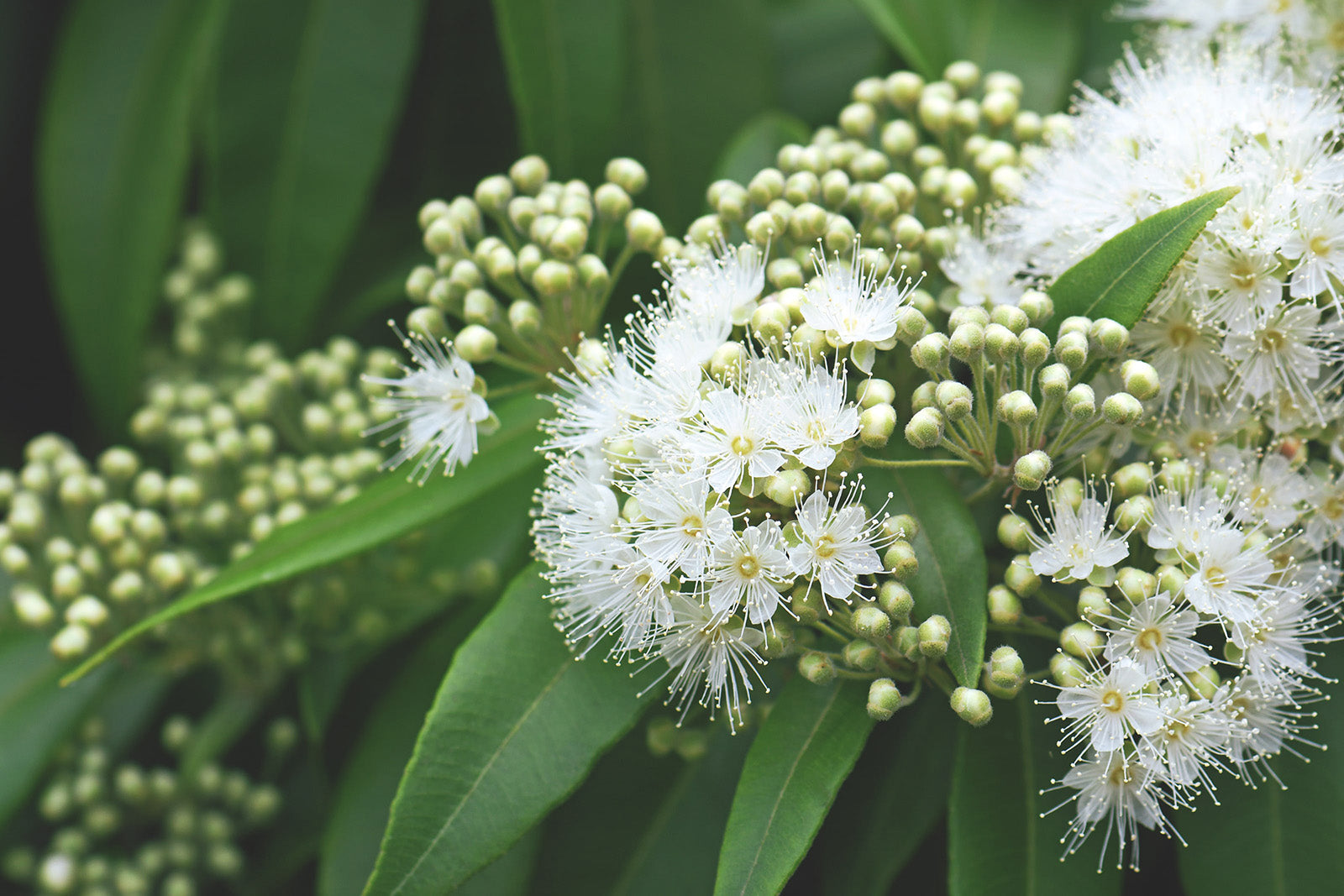

Thousands of years old medicinal plant with multiple effects
Myrtle has long been valued for its many healing properties. In traditional medicine, myrtle is used in various cultures around the world for its healing effects on various health problems.
One of the best known uses of myrtle is as an expectorant for colds and respiratory ailments. Myrtle essential oils contain compounds such as cineole and alpha-pinene, which can help loosen mucus in the respiratory tract, making breathing easier. In folk medicine, myrtle is often used to relieve coughs, bronchitis and asthma.
In addition, myrtle is valued for its anti-inflammatory properties. Myrtle essential oils contain compounds such as myrtenol and linalool, which may have anti-inflammatory effects. In traditional medicine, myrtle is used to relieve inflammatory conditions such as rheumatoid arthritis and inflammatory skin conditions.
Another interesting feature of myrtle is its antioxidant effect. Myrtle essential oils also contain compounds such as myrtenol and alpha-terpineol, which can act as antioxidants and help reduce cellular damage caused by free radicals. This may help reduce the risk of oxidative stress and associated diseases such as cancer and cardiovascular disease.
Its expectorant, anti-inflammatory, antimicrobial and antioxidant properties make it an interesting plant for further research and potential uses in modern medicine and natural medicine.










